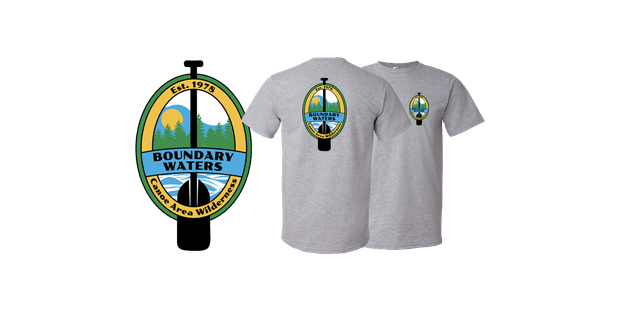Canoeing 101: How Not to Tip
This is Mike Mills from Buffalo Outdoor Center on the Buffalo National River. In my 37 years of running canoes, the number one thing that people are afraid of is turning over. Today I'm going to show you some tips on how not to turn over.
Center of Gravity
It really helps if you understand what turns a canoe over. Basically it's what's called high center of gravity. That's where you weight is high, and therefore it's easier to get it off balance very quickly, particularly if both of you lean the same direction at the same time. The best thing you can do, the number one thing you can do to keep from turning over is lower your center of gravity.
Most canoes nowadays are designed with seats that actually sit up higher. That's because most professional boaters kneel. That lowers your center of gravity. You have a wide stance that the weight is spread out over. You can still lean back against the seat, it's not an uncomfortable position. In fact it straightens up your posture, and makes you much more powerful when you're actually taking a stroke.
The lower your center of gravity, the harder it is to turn over a canoe.
~Get the BWCAW Tee~
With over 1,090,000 acres of wilderness area, the BWCAW is a paddler's paradise.
Hands Off Tree Branches
Now that you understand that the number one thing you can do to keep from turning over is lower your center of gravity, here are a couple of other additional things you can do:
First of all, if you have limbs or obstacles coming at you, don't touch them. Don't grab them, don't push off of them, get lower in the boat. Even scoot down further, that lowers your center of gravity even more.
Lean Downstream
When you're paddling downstream and you find yourself sideways, and all of a sudden a rock comes up and you find yourself against it, you have to immediately lean downstream. Leaning downstream counteracts the force of the water under the canoe that's trying to turn it over to the upstream side. Now that's a pretty tough one. Remember always if you hit an obstacle, lean downstream.
Entry/Exit Tips
The other time that people turn over frequently is when they're either getting in or out of the canoe. There's a simple rule here. Draw a line from the bow to the stern right down the middle, that's a tight rope. So therefore never put your foot on the edge of that canoe, always in the center where the tight rope is. And then three points of contact, two hands and one foot. That way you can always have control of where you're at in the canoe, and your balance there.
Kneeling
Okay. I can hear you now:
"I got to be on my knees all day long? My knees will be... I got a bum knee. I can't stand that..."
Here's the solution: Knee pads are common at almost every sporting goods store. These are made for volleyball players, or wrestlers. If you have or rent a wet suit, most of them come with built-in knee pads. Last resort, you can just take a nice piece of insulite pad, an old pad or whatever, and place it in the bottom of the boat and there you have it. It's even better if you duct tape it in place. That way at the end of the trip, you can just rip it out and take it for the next one. Either way, all those are nice easy pads, and make it comfortable for your knees.
So there you have it. How not to turn over.
Keep in mind the most important thing is the lower your center of gravity, the harder it will be for you to turn over. We hope these tips will help you have a greater experience on all the rivers of America, particularly America's first national river, the Buffalo.
Related Articles
As the days get shorter and the weather gets colder, it becomes harder to get out and paddle and easier…
Mention “pool session” and the first image that pops into most kayakers minds is a class in how to roll.…
Paddling alone is a recipe for danger. Bring a buddy and stay safe on the water.




